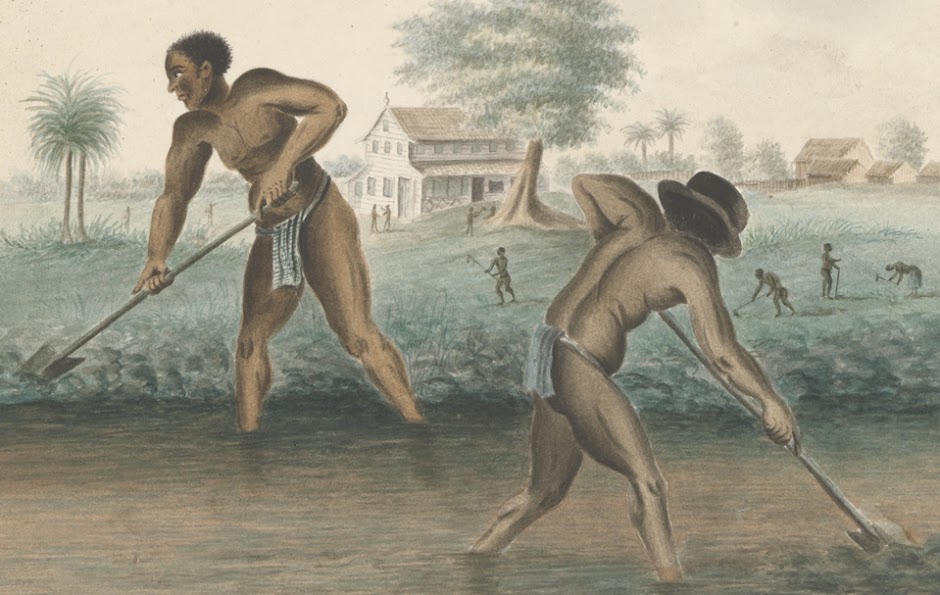Slavery addressed at the Rijksmuseum
The Rijksmuseum in Amsterdam, well-known for its collection on Dutch 17th Century art, is also the national museum for Dutch History. For the first time in its history, it is now hosting a temporary exhibition on slavery. The exhibition focuses on the personal and real-life stories of enslaved people from different former colonial Dutch regions such as Suriname, the Caribbean, South Africa and Indonesia. The acknowledgment that slavery also existed in the Dutch East Indies is relatively recent; the Dutch colonial context has typically only addressed slavery in Suriname and the Caribbean, making this an important and innovative step.
The Dutch colonial era is spanning approximately 350 years, and slavery has been an integral part of this history. A time when indigenous peoples as well as people were reduced to property, to objects, to items in the accounts. An online Symposium addressing Sources on Slavery and Slave Trade was organised on 23 April and remains available for online viewing. The wide range of the speakers gave global insights into the opportunities and challenges for museum collections and historical archival resources when addressing a topic such as slavery. Traditional collections normally do not contain materials relating to this topic. Consequently, that means finding alternative solutions for creating permanent as well as temporary addressing slavery.
Online exhibition on personal stories
Unfortunately, the physical exhibition in the Rijksmuseum is still closed due to Covid-19, however the museum envisages reopening in early summer. However, the exhibition also offers interesting digital opportunities. Under the title Ten True Stories you can find ten personal stories from people who were involved in slavery in one way or the other. Issues such as different experiences of enslavement, resistance, as well as the role of slave owners are addressed.
Wider efforts at decolonizing the Museum
This exhibition showcases items from Dutch and foreign museums, from archives and from private collections. The curators used typical museum artefacts such as paintings and documents but also oral sources, poems and music. The Rijksmuseum is simultaneously in a process of decolonising its incredibly rich permanent collection. This process is supported by the publication An unfinished guide to Words Choices in the Cultural Sector written in cooperation by several cultural institutes in the Netherlands.
Related to the current exhibition, the museum has started to add extra information labels to objects in its permanent collection, which highlight and explore hidden links to the topic of the temporary exhibition. An English publication on slavery is also available featuring the unique exhibits.
Archives and education
Moreover, the Dutch National Archive in cooperation with Metamorfoze, the Netherlands’ national programme for the preservation of paper heritage, has published a digitised collection of almost 2.000.000 documents, originating from important archives on slavery. The original archives are based in the Netherlands, England, Guyana and Suriname.
Education is also in focus. The educational publishing house Thiememeulenhoff and Rijksmuseum have published a magazine with active learning lessons about slavery under the title Slavernij en nu?. The magazine focuses on the age group 10-14 and aims to support teaching about slavery and racism in the classroom. The magazine is freely available for all Dutch and Dutch Caribbean students in this age group.
Let’s hope that the current interest in the topic will not end when the temporary exhibition in the Rijksmuseum closes. Slavery deserves a permanent place in the national Dutch narrative on its colonial history and visible through its public cultural heritage collections.
Written by Joke van der Leeuw-Roord, EuroClio Founder and Special Advisor.













